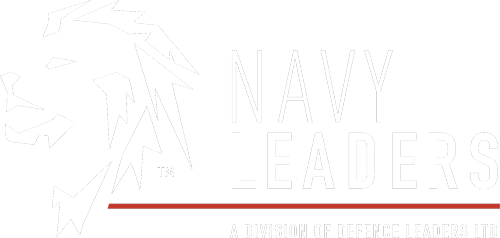Royal Navy's Gulf forces complete world's second-largest maritime exercise
)
All the UK’s Gulf-based ships, supported by expert dive/bomb disposal teams flown out from the UK, Royal Marines boarding and search specialists, drone operators and medics, were committed to the huge International Maritime Exercise.
In size and scale, IMX – which ran for 18 days across the vast expanse of the Red Sea, Indian Ocean and the Gulf – was billed as second only to the huge, long-standing, naval exercise run by the Americans in the Pacific.
More than 7,000 personnel from 50 nations with two dozen ships and a similar board and search teams committed to IMX and, although the focus was principally on naval warfare, the RAF also provided aerial support from Cyprus.
Participants tackled potential threats as varied as terrorism, smuggling, sea mines and aerial drone attacks.
There was also a strong emphasis on remote and autonomous systems and how they will be integrated. The exercise explored the envelope of existing kit, with 700X Naval Air Squadron operating the Royal Navy’s dedicated crewless Puma drone as a flying ‘spotter’.
Some 30 different autonomous systems were in action during IMX. In the Gulf of Aqaba, Jordan, a dummy ‘casualty’ was transferred from a ship to medics ashore using a MARTAC T-38 Devil Ray unmanned surface vessel – the first time a drone has been used in a medical evacuation training scenario.
For the first time in the Middle East, the world’s longest-range electric aircraft, the K1000ULE surveillance drone – capable of missions lasting more than one day – was given a run out.
For the Royal Navy, support ship RFA Cardigan Bay served as the floating testbed for a string of technology trials, led by the Royal Navy’s new Mine Hunting Capability (MHC) which is a remote/autonomous system capable of conducting many roles currently performed by existing Hunt and Sandown-class minehunters.
The idea is to keep personnel safely at arm’s length from any mine danger area, allowing them to search, locate and finally neutralise mines from a safe distance.
In the Gulf, the trials are spearheaded by Royal Navy Motor Boat Harrier, delivered just a few weeks ago as part of MHC, and operated by the Mine Threat Exploitation Group, including Able Seaman Jack Clarke.
Jack both helps with the maintenance and husbandry of Harrier, operates her sonar when onboard and helps with post-mission analysis of the data.
“This is my first draft and it’s been really good. I’m working with a good team and getting involved. We have a good social life as well as a good work life,” he said.
Cardigan Bay also directed mine-hunting exercises involving HMS Chiddingfold, Bangor and Middleton, assisted by the regular briefings given by intelligence manager Chief Petty Officer Nicola Thomas to the Mine Warfare Battle Staff.
“IMX is an interesting experience,” said Nicola, on what could be her last deployment after two decades’ service.
“I think that it’s important to work with our strategic partners to promote understanding of our respective working practices and to boost our ability to work together.”
South Korean mine warfare expert Lieutenant Jeong Won Kim also joined Cardigan Bay for the duration of IMX, to see how the UK and other partner nations hunt underwater explosive devices – especially the growing exploitation of drones and crewless systems.
“The exercise has been interesting,” he said. “The objective of operations is similar to the Korean Navy but different ways are used to achieve the objective. It’s been good to learn about the different ways.
“As a visiting officer, it’s allowed me to see the bigger picture and approach things with an independent mind. It also gave me lots of time to share my experiences and learn from others.”
He wasn’t sure whether he’d enjoy non-Korean food (he did as it turned out), but above all was struck by the professionalism and determination of all aboard the British ship.
“I have been very impressed with the pride that people have to be part of the navy,” he said of the men and women aboard Cardigan Bay.
“There is a good mindset amongst RN sailors. Quality equipment is important, but the mindset of the people is the most important thing for operations.”
After Cardigan Bay, the largest UK participant of the exercise was frigate HMS Lancaster which served as a training ground for other international participants to board and search her for suspicious individuals and illegal cargo.
“IMX has been an exciting prospect,” said Leading Caterer Phillip Mitchell who orders and accounts for Lancaster’s food supply – but also serves as deputy boarding officer, involved with searching suspect craft with his team.
“I have never had the opportunity to work directly alongside foreign nations within a multinational exercise before.”
Lancaster’s Executive Officer Lieutenant Commander Max Wilmot said seeing the different number of international participants coming together, working side-by-side to a common aim made for both an impressive sight at times and an extremely useful test.
“We exercised and shared knowledge, procedures proving seamless interaction between us all,” he said.
“Units escorted civilian shipping transiting the area supporting the free flow of commerce whilst building stronger ties with the merchant community.
“It was great to see the relationships grow between nations and I am proud we were part of such a diverse group of people who can operate in such a professional way.”
